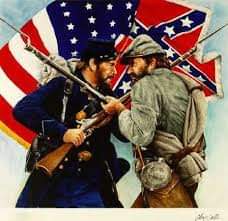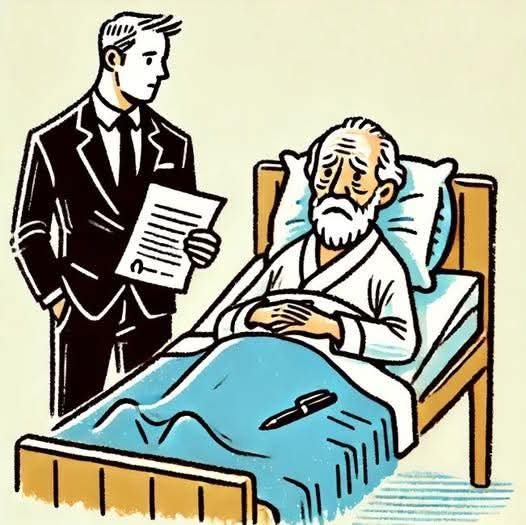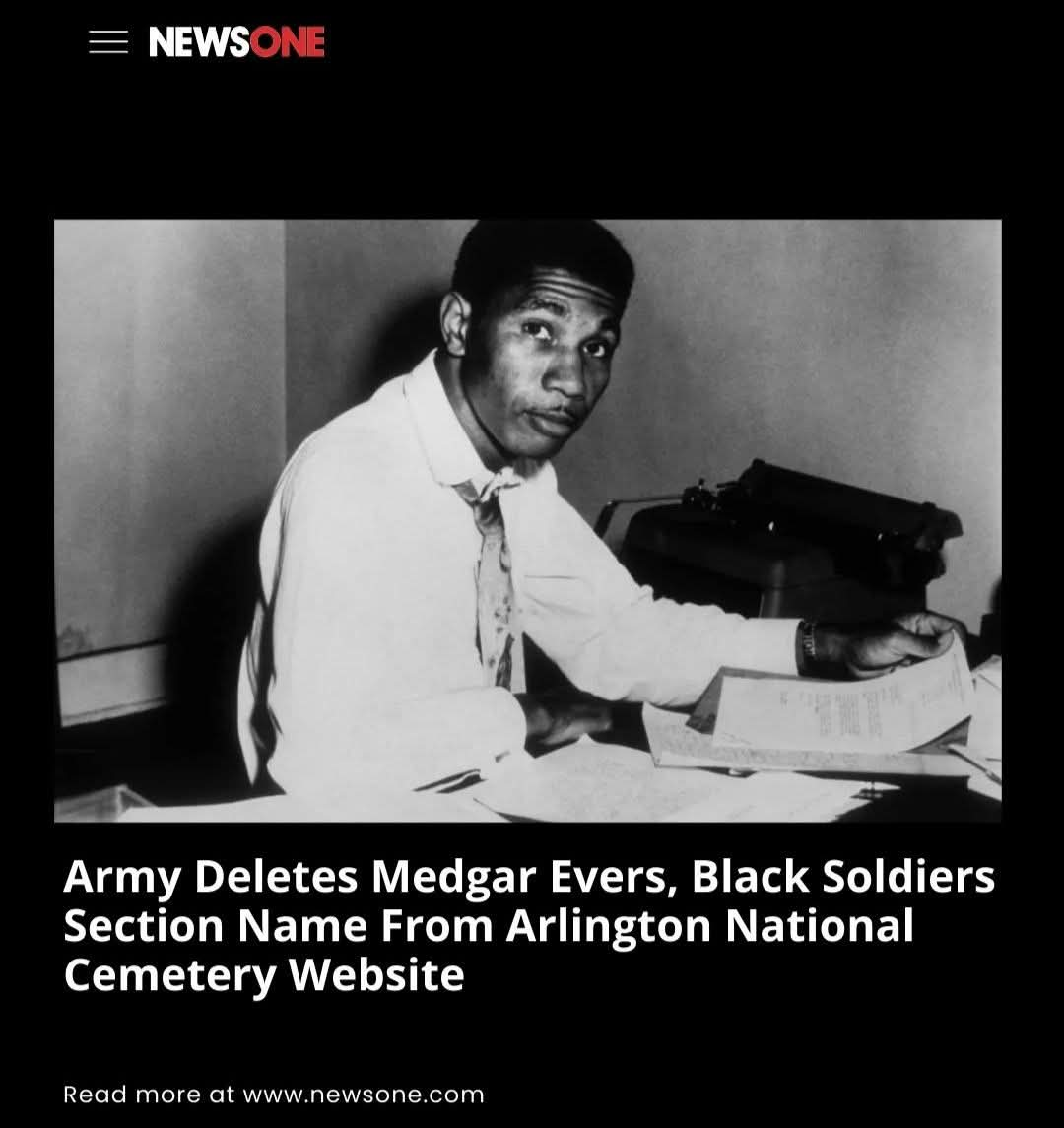
Todays’ #BlackHistoryMonth Milestone: 1861, Civil War and the Emancipation
In the spring of 1861, the bitter sectional conflicts that had been intensifying between North and South over the course of four decades erupted into civil war, with 11 southern states seceding from the Union and forming the Confederate States of America.
Though President Abraham Lincoln’s antislavery views were well established, and his election as the nation’s first Republican president had been the catalyst that pushed the first southern states to secede in late 1860, the Civil War at its outset was not a war to abolish slavery.
By the summer of 1862, however, Lincoln had come to believe he could not avoid the slavery question much longer. Five days after the bloody Union victory at Antietam in September, he issued a preliminary emancipation proclamation; on January 1, 1863, he made it official that enslaved people within any State, or designated part of a State in rebellion, “shall be then, thenceforward, and forever free.” Lincoln justified his decision as a wartime measure, and as such he did not go so far as to free enslaved people in the border states loyal to the Union, an omission that angered many abolitionists.
By freeing some 3 million enslaved people in the rebel states, the Emancipation Proclamation deprived the Confederacy of the bulk of its labor forces and put international public opinion strongly on the Union side. Some 186,000 Black soldiers would join the Union Army by the time the war ended in 1865, and 38,000 lost their lives. The total number of dead at war’s end was 620,000 (out of a population of some 35 million), making it the costliest conflict in American history.
Source: http://bit.ly/3iRdPPz
SSF Vice Mayor Mark Nagales Councilmember Eddie Flores, City of South San Francisco South San Francisco Public Library










Leave a Reply